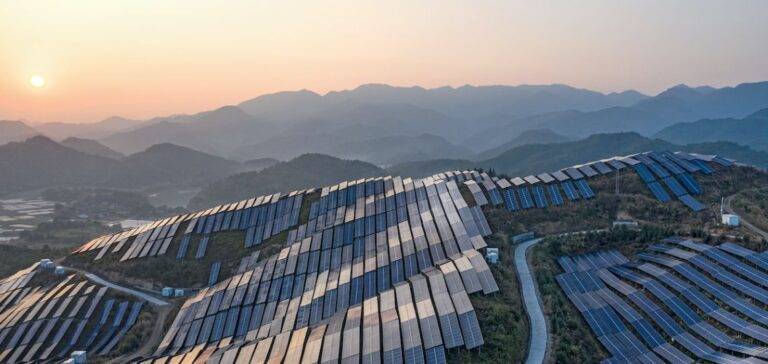China is continuing its energy sector reform by gradually limiting public aid to renewable energies. The National Development and Reform Commission (NDRC) has confirmed that projects completed after June 1 will no longer benefit from preferential rates. This decision is part of the strategy to liberalize the electricity market and aims to encourage industry players to adapt to market conditions.
A Sector Reaching Maturity
In recent years, the Chinese government has progressively reduced financial support for renewable energy companies, considering that the industry has reached a critical size. With more than 1,200 gigawatts of installed solar and wind capacity, the initial target set for 2030 has already been exceeded, reinforcing the need for a self-sustaining economic model.
Transitioning to Market-Based Contracts
The NDRC now encourages electricity producers and buyers to enter into long-term purchase agreements, allowing them to better manage market risks. This approach aims to stabilize revenue streams for clean energy players while ensuring a competitive and diversified supply.
A Policy Shift Initiated in 2021
The gradual withdrawal of subsidies is not an isolated measure. As early as 2021, China had already ended public financial support for new solar power plants and onshore wind projects. Between 2011 and 2022, more than $50 billion was invested in solar capacity development, illustrating the sector’s growth before its full integration into a competitive market.
Challenges of a More Competitive Market
The phased elimination of subsidies could reshape the balance of China’s energy market. Companies must now optimize their competitiveness without state support, which could alter investment structures and lead to strategic consolidations. How energy suppliers adapt to this new dynamic will be crucial in sustaining sector growth.






















